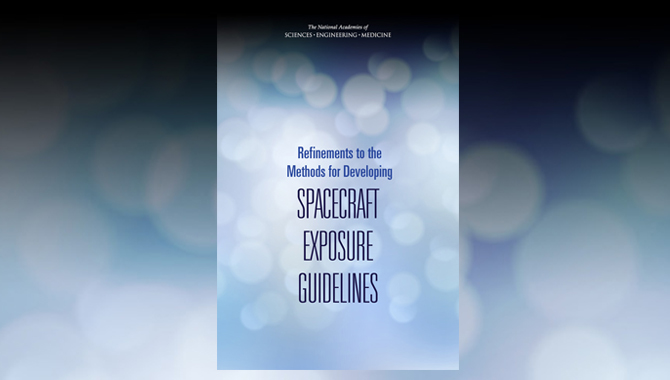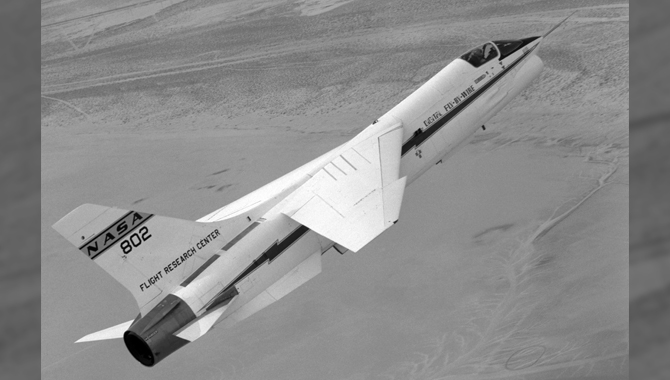
Human spaceflight is inherently risky. To mitigate risk, NASA engages in a range of activities designed to support the health of crew in low Earth orbit (LEO) and deep space.
Spaceflight poses certain unavoidable risks to human physiology. Long-duration missions are associated with a variety of microgravity-related changes, including shifts in cardiovascular function and visual acuity as well as loss of bone and muscle mass. Physiological changes are not the only concern; the spacecraft itself can present environmental hazards to crew.
As the agency moves closer to sending manned missions into deep space for the first time in more than four decades, it is taking critical steps to understand and limit risks to astronaut health and well-being. One recent example is the One-Year Mission, an ISS-based international initiative in which NASA astronaut Scott Kelly and Russian cosmonaut Mikhail Kornienko became the first people to spend 12 months on the International Space Station (ISS) in order to expand understanding of the effects of prolonged weightlessness on the human body. On the ground, the agency is working with the National Academies of Sciences, Engineering, and Medicine to assess evidence reports that explore a wide range of potential areas of risk to astronauts during long-duration missions.
Another way that NASA reduces risks associated with human spaceflight is by introducing guidelines to mitigate environmental threats to crew. Because spacecraft and space stations are closed environments in which both air and water are recirculated, some unavoidable contamination occurs and chemicals accumulate despite purification systems. Since the 1960s, the agency has partnered with the National Academies (then known as the National Research Council) to set guidelines for managing astronauts’ exposure to environmental hazards while in space.
Together, NASA and the National Academies have developed methods for establishing spacecraft maximum allowable concentrations (SMACs) for air contaminants and spacecraft water exposure guidelines (SWEGs). There are two types of SMACs: short-term concentration guidelines for emergency situations lasting up to 24 hours, which are focused on preventing irreversible harm, and long-term concentration guidelines, which are designed to help prevent adverse health effects and degradation in performance for up to 1,000 days. Similar short-term and long-term SWEGs exist as well.
To establish the guidelines, NASA determines which contaminants pose the greatest risk to crew and then decides which chemicals to examine in order to establish appropriate SMACs and SWEGs. The process for analyzing a chemical involves conducting a wide-ranging evaluation of the scientific literature for data on a number of relevant topics, including the properties and characteristics of the chemical and information on toxicity and carcinogenicity. They then calculate acceptable exposure concentrations for the chemicals examined and propose appropriate exposure guidelines. A committee from the National Academies reviews the information and provides recommendations. The resulting guidelines are subsequently published.
Looking ahead toward the journey to Mars, in 2015 NASA asked the National Academies to assist in updating the methods for establishing SMACs and SWEGs. To do so, they convened a Committee on Spacecraft Exposure Guidelines to help identify chemicals that require updated guidelines and new chemicals for which exposure guidelines should be crafted. As part of their effort, the committee reviewed NASA’s scientific rationale for determining new SMACs and SWEGs and then ensured the information was in line with the updated guidelines.
The committee’s findings were collected in a recent report: Refinements to the Methods for Developing Spacecraft Exposure Guidelines. The primary recommendation was for NASA to clearly describe the process used to select each chemical examined. Overall, the committee concluded that NASA appropriately relied on a mix of three methods to identify chemicals for risk assessment. The three methods provide a degree of flexibility, based on issues associated with each chemical examined, that enhances the effectiveness of the assessment.
This process—and the partnership between NASA and the National Academies that puts it into action—reaches as far back as the Apollo Program. It remains an integral part of ensuring the health and well-being of crewed missions to LEO and, eventually, Mars.
Read an APPEL News article on the One-Year Mission.









